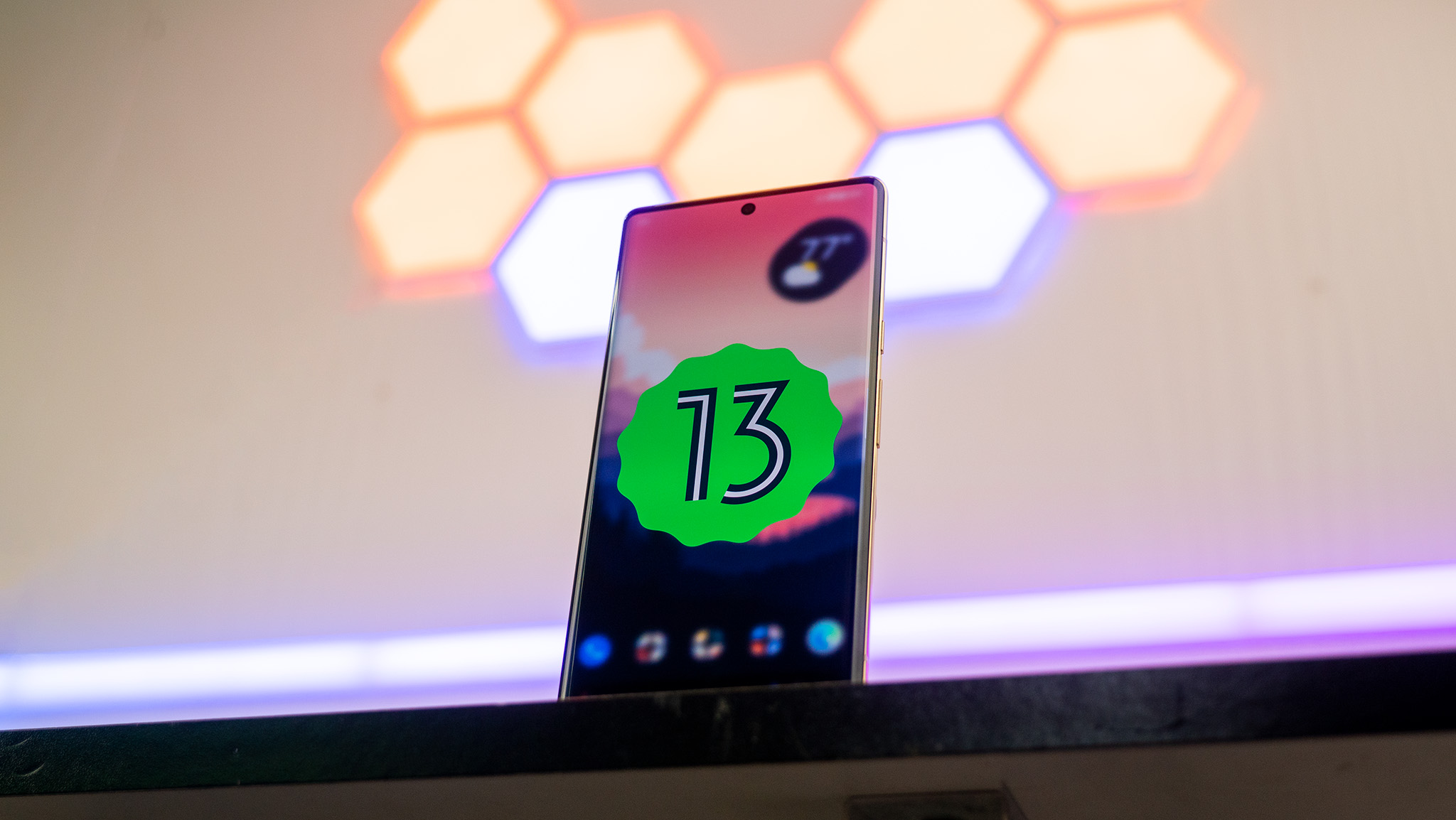
What you need to know
- More users have downloaded Android 13 on their devices, rising by more than double since January and by 3% since April's quarterly report.
- Three-year-old OS Android 11 is still apparent on most devices, sitting at 23.1% which is a decrease from 24.4% in January.
- Part of the issue here is that Android device OEMs are left to their own pace when it comes to pushing out newer OS updates to users.
Android, as an overall OS, is in a pretty interesting place with its adoption rate. A new report listed on Android Studio, discovered by Mishaal Rahman, tells the tale of how things have changed in favor of some newer software versions (via Android Authority).
According to Rahman's tweet, Google recently updated its Android OS distribution percentage to display how things are going as of May 30 when compared to January.
While Android 11 is still the most widely adopted OS version globally, it is slowly losing ground. The software from 2020 is sitting on 23.1% of Android devices around the world, down from 24.4% earlier this year. On the other hand, Android 10 sits on 17.8% of phones, down from 19.5%.
Last year's release of Android 13 is present on 15% of phones, which is an increase from its 5.2% presence earlier this year. Android 12 saw a decrease, much like the other two past-gen OSes, dropping from 18.9% to 16.3%.
Google has updated the Android version distribution statistics shown in Android Studio to reflect the latest data as of May 30, 2023. Here's how the % of (GMS Android) devices has changed since January 2023 when the stats were last publicly updated.- Android 13: 5.2% - 15%-… pic.twitter.com/ruaGZhgd6yJune 5, 2023
The good news here is that the latest software is continuing to show an upwards trend. Back in April, Google's quarterly distribution report showed Android 13 adopted on 12% of devices. That was a more than double increase back then, and the OS has continued to grow with a recent 3% increase. The growth may be small, but if we're to consider that there is an estimated 3.6 billion Android devices in the world, Android 13 has been adopted on roughly 108 million more devices between April and the end of May.
April's report also showed Android 11 sitting at a 23.5% rate which we're now seeing has dropped by a meager 0.4%, but it's still a decrease, nonetheless.
The main issue when we have numbers like this that are so skewed to one side is that Android phone OEMs are pretty much left to their own pace to distribute newer OS updates. The large jump in Android 13's adoption after January was likely due to Samsung's launch of the Galaxy S23 series — notably the Galaxy S23 Ultra — and fast-paced update rollout.
It'll be interesting to see how the numbers continue to change once Android 14 arrives later this summer and into more hands as the year goes on. The software is continuing to push through its development cycle, with Google recently pushing its Beta 2.1 build to Pixel users just recently.
By the looks of things, we may always see such an oddly shaped Android OS distribution rate. Android 14 may start off as low as 13 did and then slowly begin to rise as Android 15 becomes more apparent next year. However, only time will tell, and hopefully, as it does, OEMs will slowly improve their update schedules and roll them out more quickly.
Samsung's Galaxy S23 Ultra may bear a simplistic design but it is beautifully crafted to feel comfortable in your hand. The S23 Ultra features a powerful 200MP main camera for night shots and high-resolution photos to solidify those memories forever. The device is packed with the latest chip to ensure strength for games and performance for all your scrolling.







